Science & Technology
Tesla CEO Elon Musk unveils ‘Cybercab’ robotaxi
Analysts and industry experts said establishing robotaxis could take years, particularly due to ensuring safety and reliability. They pointed to accidents as well as the difficulty the technology has responding to scenarios such as inclement weather, complex intersections and pedestrian behavior.
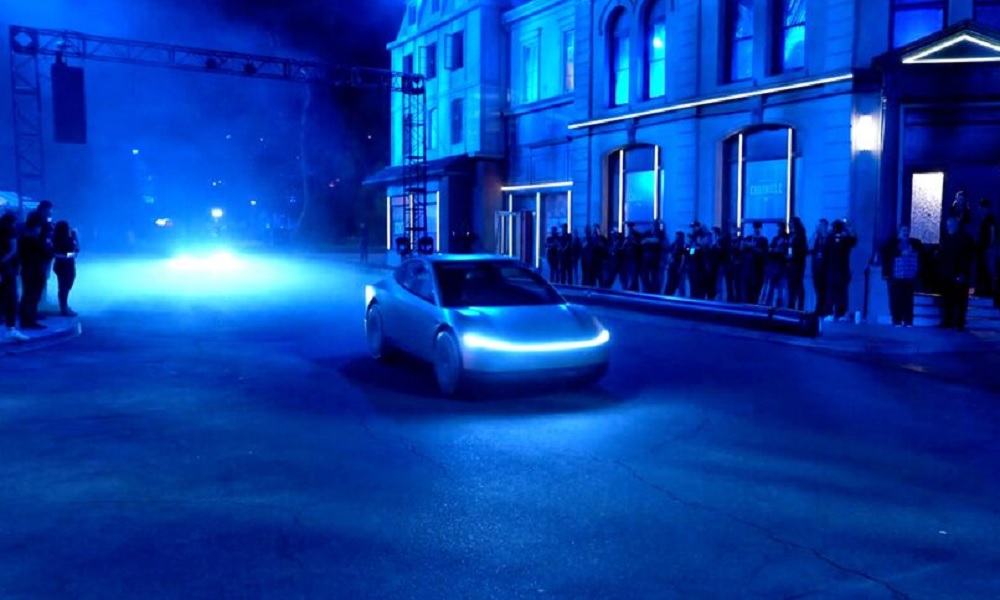
Tesla CEO Elon Musk showcased on Thursday a long-awaited robotaxi with two gull-wing doors and no steering wheel or pedals and surprised with robovan, betting on a shift in focus from low-priced mass-market cars to robotic vehicles.
At a glitzy unveiling, Musk reached the stage in a “Cybercab” to be produced from 2026 – eventually in high volume – and priced under $30,000. He then introduced the robovan which can carry up to 20 people though offered few further details, Reuters reported.
But Musk, who has a record of missing projections – and himself said he tended to be optimistic with time frames – did not say how quickly Tesla could ramp up robotaxi production, clear inevitable regulatory hurdles or implement a business plan to leapfrog robotaxi rivals such as Alphabet’s Waymo.
Analysts and industry experts said establishing robotaxis could take years, particularly due to ensuring safety and reliability. They pointed to accidents as well as the difficulty the technology has responding to scenarios such as inclement weather, complex intersections and pedestrian behavior.
But Musk, wearing a leather-jacket and addressing crowds at the Warner Bros studio near Los Angeles, said autonomous cars could be 10 times safer than humans and drive five to 10 times longer.
“The autonomous future is here,” Musk said. “With autonomy, you get your time back.”
Musk had previously said he planned to operate a fleet of self-driving Tesla taxis that passengers can hail through an app. Individual Tesla owners would also be able to make money on the app by listing their vehicles as robotaxis, he had said. He made no mention of the app at Thursday’s event.
The event – titled “We, Robot” in an apparent nod to the “I, Robot” science-fiction short stories by American writer Isaac Asimov – echoed Musk’s comment that Tesla “should be thought of as an AI robotics company” rather than an automaker.
It started after a delay of nearly an hour which Musk attributed to a medical emergency involving an attendee. The presentation, months in the making, lasted for less than half an hour and was watched by about four million people on Musk’s X social media platform alone.
“I’m a shareholder and pretty disappointed. I think the market wanted more definitive time lines,” said equity trader Dennis Dick at Triple D Trading. “I don’t think he said much about anything.”
Running the Cybercab will cost 20 cents a mile over time and charging will be inductive, requiring no plugs, Musk said. Operating the robovans will be even cheaper – at 5 cents a mile.
The vehicles will rely on artificial intelligence and cameras rather than hardware common among robotaxi rivals, he said, such as lidar – an approach experts have flagged as challenging both from a technical and regulatory stand point.
Beyond vehicles, Musk touted “a lot of progress” made with its humanoid robot “Optimus” that could eventually be priced at $20,000 to $30,000 and which can perform many daily tasks.
TOUGH TO CRACK
Musk said in 2019 he was “very confident” Tesla would have operational robotaxis by 2020. This year, he diverted focus to the Cybercab and scrapped plans to build a smaller, cheaper car widely seen as essential to countering slowing EV demand.
Tesla is at risk of posting its first-ever decline in deliveries this year as buying incentives have failed to attract enough customers to its aging EV lineup, showed Reuters calculations based on third-quarter earnings. Price cuts meant to offset high interest rates have also squeezed profit margins.
Several companies attempting to crack the robotaxi market have suffered billion of dollars in loss, forcing some to shut shop.
Alphabet’s Waymo, with about 700 Jaguar Land Rover cars in its fleet, is the only U.S. firm operating uncrewed robotaxis that collect fares.
Amazon’s Zoox is testing purpose-built vehicles that resemble toaster ovens on wheels and lack manual controls. General Motors’ Cruise, which uses the Chevrolet Bolt EV, this year indefinitely suspended plans to develop its self-driving “Origin” without controls.
Tesla’s approach to full self-driving technology, in its current iteration, requires constant driver attention but keep costs down. It has, however, faced legal scrutiny with at least two fatal accidents involving the technology.
“We do expect to start fully autonomous unsupervised FSD in Texas and California next year.” Musk said. “That’s with the Model 3 and Model Y.”
He did not say whether the Cybercab uses FSD or new technology.
“Musk did a fantastic job of painting an ideal future for transportation that promises to both free up our time and increase safety,” said Jessica Caldwell, head of at car research and buying website Edmunds. “But many questions remain about how this will be achieved from a practical standpoint.”
Science & Technology
‘Massive cyberattack’ brings down Elon Musk’s X
Digital Trends reported Tuesday that there are reports suggesting X is still having issues
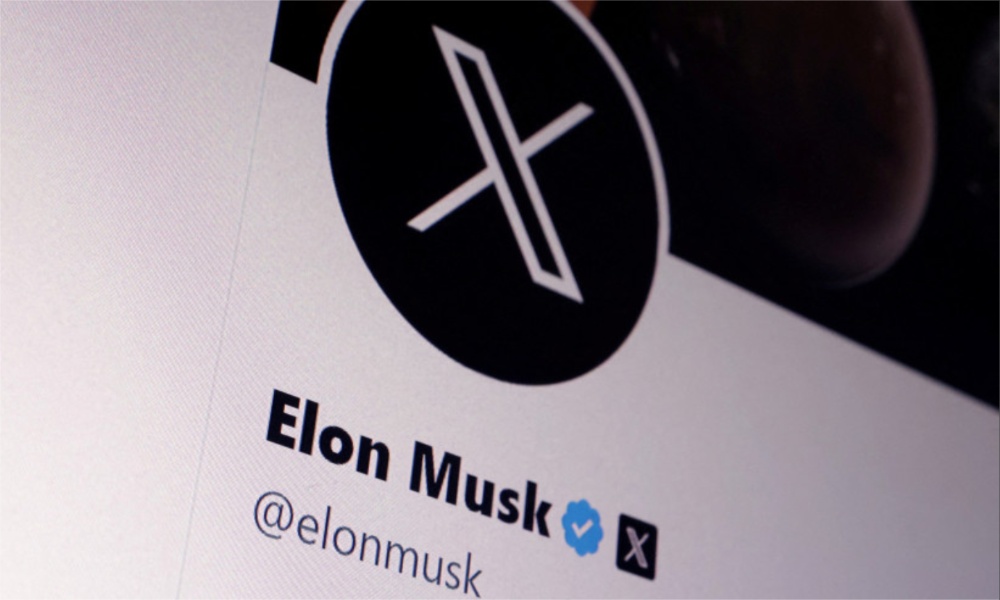
Social media platform X went down intermittently on Monday, with owner Elon Musk blaming an unusually powerful cyberattack.
“We get attacked every day, but this was done with a lot of resources. Either a large, coordinated group and/or a country is involved,” Musk said in a post on X on Monday.
He did not clarify exactly what he meant by “a lot of resources” and his comments drew skepticism from cybersecurity specialists, who pointed out that attacks of this nature — called denials of service — have repeatedly been executed by small groups or individuals.
X faced intermittent outages, according to Downdetector, Reuters reported.
Digital Trends meanwhile reported Tuesday that there are reports suggesting X is still having issues.
Internet industry experts have said X was hit by several waves of ‘denial of service’ throughout Monday.
Musk said in an interview with Fox Business Network’s Larry Kudlow the cyberattack came from IP addresses originating in the Ukraine area.
An industry source told Reuters he disputed Musk’s account, saying that large chunks of the rogue traffic bombarding X could be traced back to IP addresses in the United States, Vietnam, Brazil and other countries, and that the amount of rogue traffic coming directly from Ukraine was “insignificant.”
In any case, denial of service attacks are notoriously hard to trace back to their authors and the IP addresses involved rarely provide any meaningful insight into who was behind them, Reuters reported.
Musk has joined U.S. President Donald Trump, whom he serves as an adviser, in criticizing Ukraine’s continued efforts to fight off a Russian invasion.
Musk said on Sunday that Ukraine’s front line “would collapse” without his Starlink satellite communications service, though he said he would not cut off Ukraine’s access to it.
Science & Technology
NASA says ‘city killer’ asteroid has a 3.1 % chance of striking Earth in 2032
Despite the rising odds, experts say there is no need for alarm
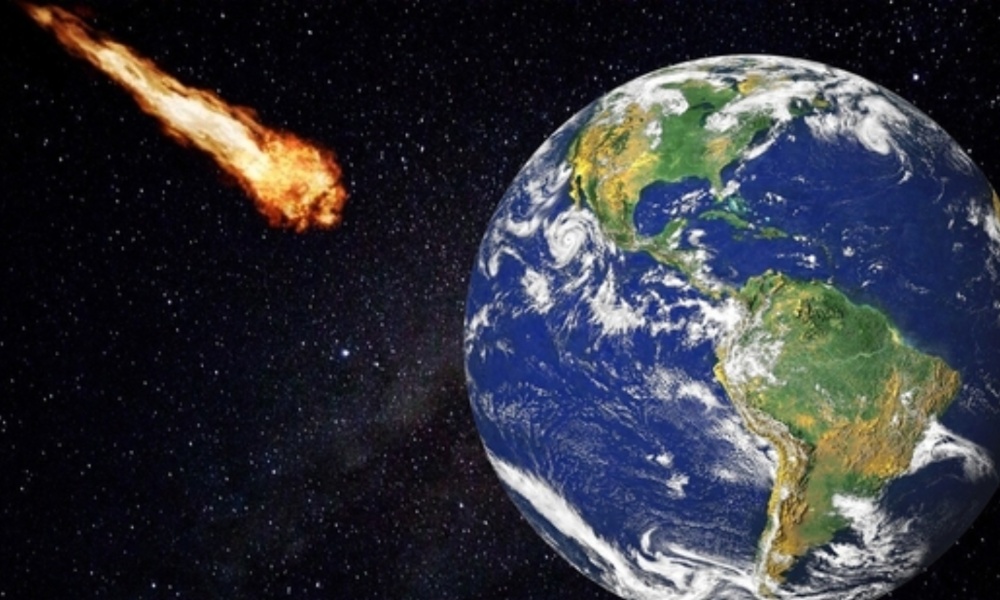
An asteroid that could level a city now has a 3.1-percent chance of striking Earth in 2032, according to NASA data released Tuesday — making it the most threatening space rock ever recorded by modern forecasting.
Despite the rising odds, experts say there is no need for alarm. The global astronomical community is closely monitoring the situation and the James Webb Space Telescope is set to fix its gaze on the object, known as 2024 YR4, next month.
“I’m not panicking,” Bruce Betts, chief scientist for the nonprofit Planetary Society told AFP.
“Naturally when you see the percentages go up, it doesn’t make you feel warm and fuzzy and good,” he added, but explained that as astronomers gather more data, the probability will likely edge up before rapidly dropping to zero.
2024 YR4 was first detected on December 27 last year by the El Sauce Observatory in Chile.
Astronomers estimate its size to be between 130 and 300 feet (40–90 meters) wide, based on its brightness. Analysis of its light signatures suggests it has a fairly typical composition, rather than being a rare metal-rich asteroid.
The International Asteroid Warning Network (IAWN), a worldwide planetary defense collaboration, issued a warning memo on January 29 after the impact probability had crossed one percent. Since then, the figure has fluctuated but continues to trend upward.
NASA’s latest calculations estimate the impact probability at 3.1 percent, up from 1.6 percent last month, with a potential Earth impact date of December 22, 2032.
Richard Moissl, head of the European Space Agency’s planetary defense office, which puts the risk slightly lower at 2.8 percent told AFP that this “is not a crisis at this point in time. This is not the dinosaur killer. This is not the planet killer. This is at most dangerous for a city.”
If the risk rises over 10 percent, IAWN would issue a formal warning, leading to a “recommendation for all UN members who have territories in potentially threatened areas to start terrestrial preparedness,” explained Moissl.
Unlike the six-mile-wide (10-kilometer-wide) asteroid that wiped out the dinosaurs 66 million years ago, 2024 YR4 is classified as a “city killer” — not a global catastrophe, but still capable of causing significant destruction.
Its potential devastation comes less from its size and more from its velocity, which could be nearly 40,000 miles per hour if it hits.
If it enters Earth’s atmosphere, the most likely scenario is an airburst, meaning it would explode midair with a force of approximately eight megatons of TNT — more than 500 times the power of the Hiroshima bomb.
But an impact crater cannot be ruled out if the size is closer to the higher end of estimates, said Betts.
The potential impact corridor spans the eastern Pacific, northern South America, the Atlantic, Africa, the Arabian Peninsula, and South Asia — though Moissl emphasized it is far too early for people to consider drastic decisions like relocation.
The good news: there’s ample time to act.
NASA’s 2022 DART mission proved that spacecraft can successfully alter an asteroid’s path, and scientists have theorized other methods, such as using lasers to create thrust by vaporizing part of the surface, pulling it off course with a spacecraft’s gravity, or even using nuclear explosions as a last resort. — Agence France-Presse
Science & Technology
Panjshir will soon be connected to national fiber optic network
The statement said that this project covers a 36-kilometer route from Gulbahar to Bazarak, and the districts of Shatal, Anaba and Rukha will also benefit from fiber optic services.
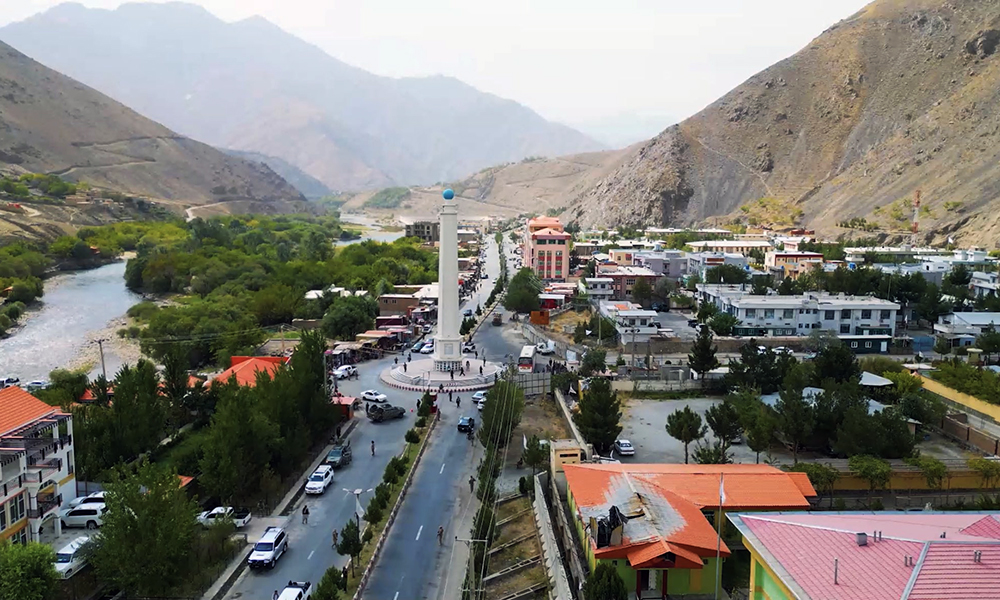
The Panjshir provincial media office said in a statement on Wednesday, February 1 that practical work was to connect the province to fiber optic will begin within the next month.
The statement said that this project covers a 36-kilometer route from Gulbahar to Bazarak, and the districts of Shatal, Anaba and Rukha will also benefit from fiber optic services.
The statement added that the project is being implemented by Afghan Wireless, Afghan Telecom and ICG companies as a result of the efforts of the Panjshir provincial administration and the special attention of the leadership of the Ministry of Communications and Information Technology of the Islamic Emirate of Afghanistan.
-

 Latest News5 days ago
Latest News5 days agoAfghanistan-Iran-Europe railway corridor activated
-

 Business5 days ago
Business5 days agoAfghanistan ships first consignment to Europe via Khaf-Herat railway
-
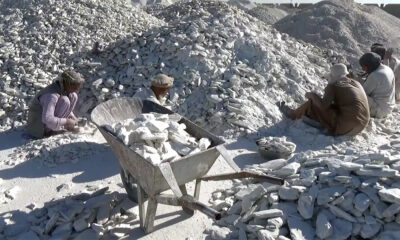
 Business4 days ago
Business4 days ago36 mining contracts inked over the past year: Mines ministry
-

 Latest News4 days ago
Latest News4 days agoDried fruit market in Herat booms ahead of Eid-al-Fitr
-

 Regional4 days ago
Regional4 days agoPowerful quake in Southeast Asia kills several, Myanmar declares state of emergency
-

 Latest News4 days ago
Latest News4 days agoUS may ask for military equipment left behind in Afghanistan: Trump
-

 International Sports4 days ago
International Sports4 days agoLucknow’s six-hitting machine Pooran justifies top order slot
-

 Latest News3 days ago
Latest News3 days agoMore than 70,000 Afghans returned home in third week of March: IOM
























